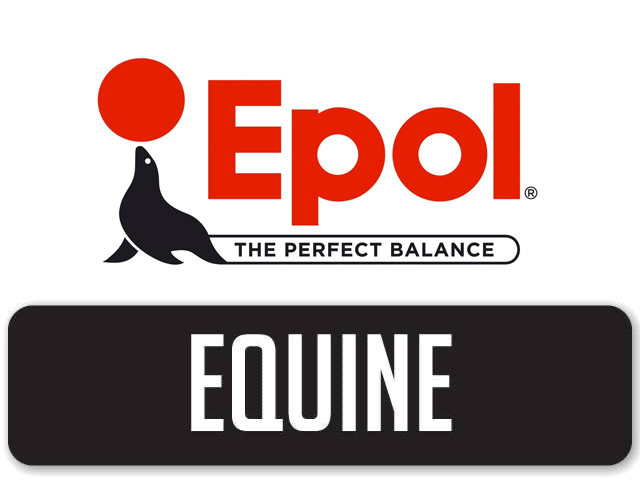How do you know your feed is fresh and good to use? The easiest answer to that question is to check the shelf life of the bag.
What is a Shelf life?
The shelf life of a product is how long it can be kept under sealed conditions before it loses its value.
How to check the shelf life of a bag
It is a lesser known fact that the date indicated on a bag of horse feed, whether on the bag or bag label, is NOT the sell by date of the feed, but rather the date on which the product was manufactured. If you know when the feed was made, its shelf life can then be calculated.
How long is too long?
Horse feeds generally have a good shelf life, and if bags are stored correctly they can last a long time. For correct storage one should ensure:
– Bags are stored off the ground on pallets or in feed bins unopened.
– Storage rooms are clean, free of vermin and dry
– Storage areas are kept dark and cool as this assists with keeping bugs such as dust mites at bay
– Horse feed should be stored separately from other animal feeds such as chicken feeds and cattle feeds.
– Once opened, bags should be stored in a sealed feed bin to ensure minimal contact with the air.
Generally, pelleted feeds last longer than meal style products due to the heat treatment they undergo during production and the fact they are less open to the environment, so for bulk buying pelleted products are more ideal.
As a rule of thumb:
• Pelleted feeds will last for up to 6 months;
• Meal style feeds for 3-4 months;
• Beet products 9-12months; and
• Whole grains (those not processed) up to 12 months
The only exceptions to these rules are products that have a high fat content of 8% or more. Fat can become rancid in hot weather conditions and feed containing higher levels of fat should be used within 2-3 months. Add the above time frames to the manufacturing date and you will have a good idea of what a safe shelf life for the product is.




